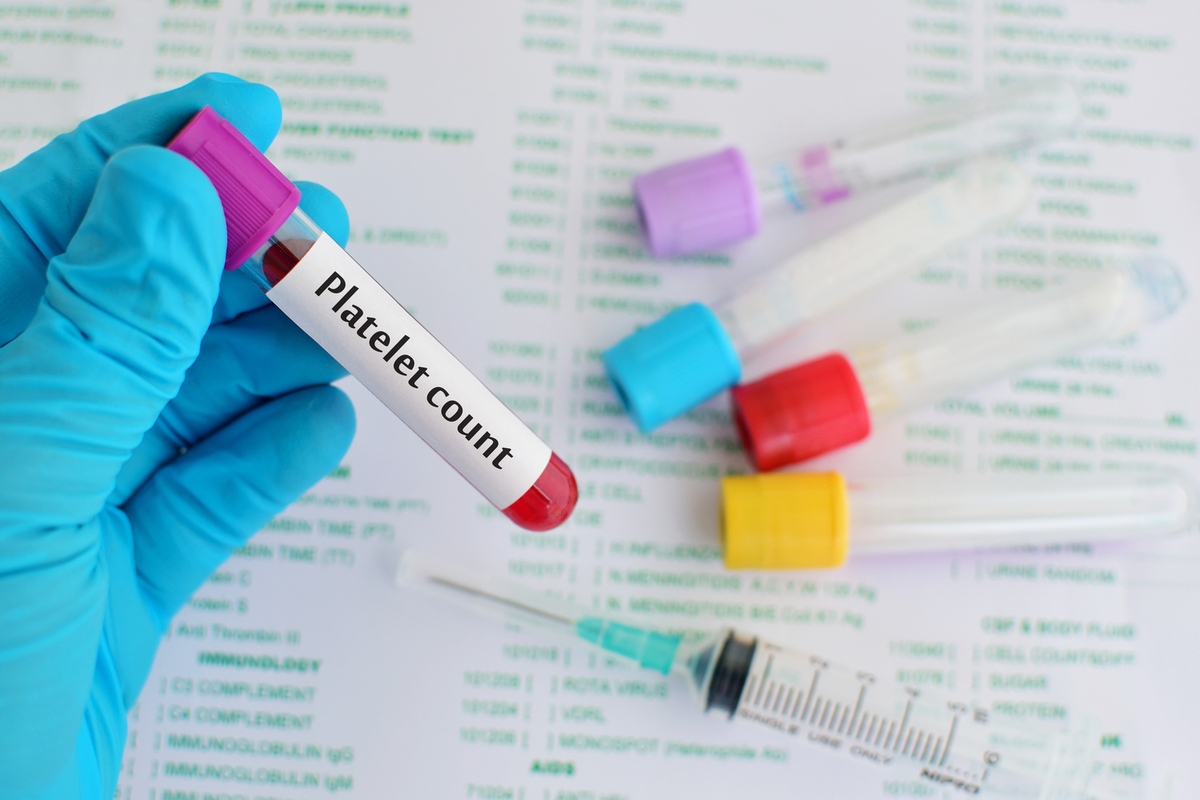Low Platelet Count Treatment Effective Approaches and Considerations
A low platelet count, also known as thrombocytopenia, is a condition in which the blood has a reduced number of platelets, the cells responsible for blood clotting. Platelets are critical for stopping bleeding, and a deficiency can lead to excessive bruising, bleeding, and a host of other complications. Several factors can lead to thrombocytopenia, including medical conditions, infections, certain medications, and genetics. Addressing low platelet count involves a multifaceted approach to ensure safety and improve platelet levels.

Understanding the Causes
To effectively treat thrombocytopenia, it is essential to understand its underlying causes, which can be broadly categorized into three types: decreased production of platelets, increased destruction of platelets, and sequestration of platelets.
1. Decreased Production: Conditions such as leukemia, aplastic anemia, and certain viral infections can affect bone marrow, reducing its ability to produce platelets. Environmental factors, such as exposure to toxic chemicals, and certain inherited conditions, like Wiskott-Aldrich syndrome, can also impair platelet production.
2. Increased Destruction: Autoimmune disorders like immune thrombocytopenia (ITP), where the body’s immune system mistakenly attacks its platelets; infections; and some medications can lead to increased platelet destruction. Conditions such as disseminated intravascular coagulation (DIC) and hemolytic uremic syndrome (HUS) are medical emergencies that result in rapid platelet destruction.
3. Sequestration: Conditions causing an enlarged spleen, termed splenomegaly, can result in platelets being trapped in the spleen, reducing their number in the bloodstream.
Symptoms to Look For
Identifying thrombocytopenia involves recognizing symptoms such as:
– Unexplained and easy bruising (purpura)
– Prolonged bleeding from cuts
– Spontaneous nosebleeds or gum bleeds
– Presence of blood in urine or stools
– Heavy menstrual flows in women
– Petechiae (small red or purple dots on the skin)
Diagnostic Measures
A comprehensive diagnosis usually requires:
– Complete Blood Count (CBC) to assess platelet count and overall blood health.
– Blood Smear to examine the appearance and characteristics of blood cells under a microscope.
– Bone Marrow Test if warranted, to check for bone marrow disorders.
– Additional Tests based on suspected underlying causes, e.g., tests for liver function, autoimmune markers, or infectious agents.
Treatment Approaches
The treatment for a low platelet count revolves around addressing the primary cause, managing symptoms, and preventing complications:
1. Medication Adjustments: If thrombocytopenia is drug-induced, discontinuing or switching medications under medical supervision can improve platelet levels.
2. Managing Underlying Conditions: Treatment of the primary disorder, whether it’s an infection, autoimmune disease, or a bone marrow problem, can resolve thrombocytopenia. For instance, managing chronic diseases such as hepatitis and autoimmune conditions can positively impact platelet count.
3. Medications to Boost Platelet Production: Medications are sometimes prescribed to stimulate the bone marrow to produce more platelets. These treatments are typically reserved for severe cases or when other treatments fail.
4. Immunosuppressive Therapy: In cases where the immune system is attacking platelets, such as in ITP, immunosuppressive drugs like corticosteroids can help to suppress the immune response temporarily.
5. Platelet Transfusions: In cases of severe thrombocytopenia, especially when there’s a risk of spontaneous bleeding, platelet transfusions may be administered to rapidly increase platelet counts. This is a common intervention in cases of acute bleeding episodes or major surgeries.
6. Surgical Intervention: For conditions like hypersplenism, where the spleen is trapping a significant number of platelets, a splenectomy (surgical removal of the spleen) might be considered.
Lifestyle and Home Remedies
In addition to medical treatments, lifestyle adjustments and home remedies can be beneficial:
1. Balanced Diet: Consuming a nutrient-rich diet can support overall health and potentially aid in the production and function of platelets. Foods rich in folate, vitamin B-12, vitamin C, and iron are particularly beneficial.
2. Avoiding Toxins: Reducing exposure to chemicals and toxins, such as certain pesticides and heavy metals, can help maintain healthy platelet levels.
3. Exercise: Engage in moderate physical activity to support overall health but avoid contact sports or activities that increase the risk of bruising or bleeding.
4. Healthy Habits: Avoiding excessive alcohol, which can impair platelet production, and refraining from smoking are crucial steps.
5. Preventing Infections: Practicing good hygiene and staying updated on vaccinations can reduce the risk of infections that might lower platelet counts.
When to Seek Medical Attention
Anyone experiencing symptoms such as unexplained bruising, frequent nosebleeds, or excessive bleeding should seek medical evaluation promptly. Any delay in addressing severe drops in platelet count can lead to serious complications, including internal bleeding.
In conclusion, treating low platelet count effectively requires a comprehensive approach including accurate diagnosis, addressing the root cause, medical interventions, and supportive lifestyle changes. Engaging with healthcare professionals and adhering to their recommendations is critical in managing thrombocytopenia and maintaining overall health.


